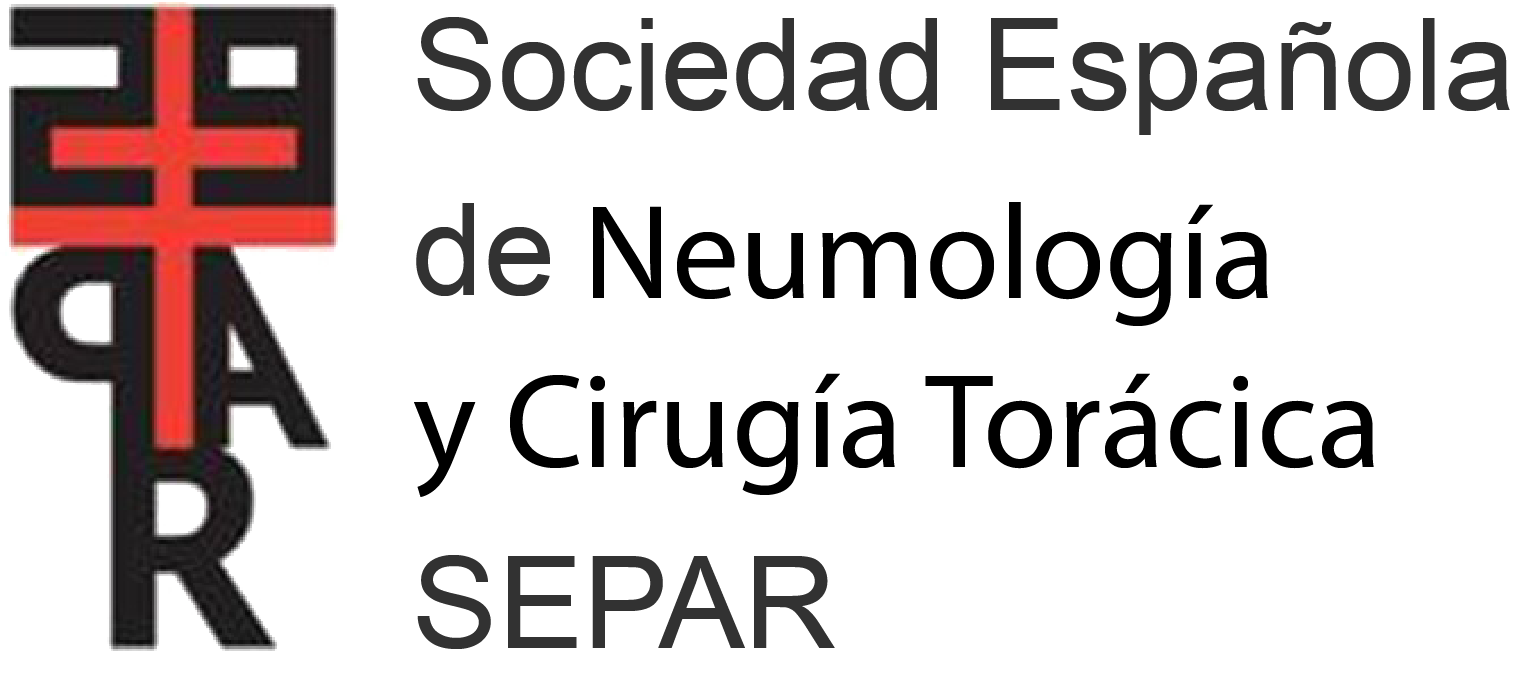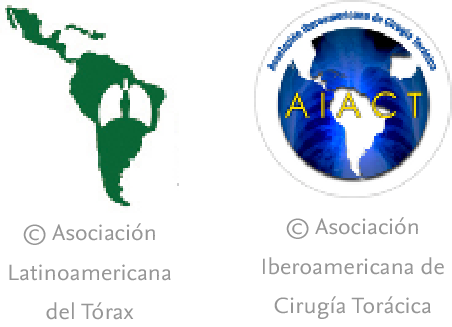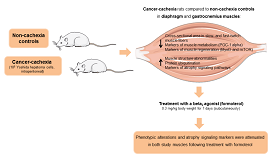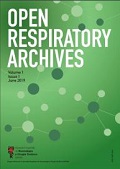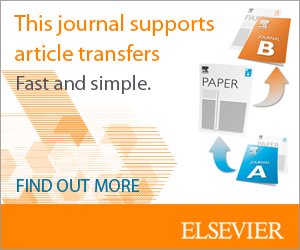The World Health Organization (WHO) established in 2021 an annual health limit of 5μg/m3 for outdoor PM2.5 concentrations (cPM2.5) and recommended that levels should not exceed 15μg/m3 on 3–4 days per year.1 However, current government limits set by public administrations are higher (20μg/m3) and only consider the annual average as toxic. Our objective is to quantify the time during which the WHO criterion is exceeded and its impact on mortality.
The so-called citizen science aims to generate knowledge through the participation of civil society. Several professionals from different disciplines and neighborhood organizations from the Latina District in Madrid decided to carry out citizen science (civic environmental monitoring) on air quality starting in 2022.
This study was conducted using in-house resources and with the participation of the civic community. A previously validated cPM2.5 monitoring device2 was installed outside residences near a high-traffic roadway with a daily circulation of 100,000 vehicles. In this location, the socioeconomic level is low.
The data were standardized by calculating daily averages during the observation periods. Final cPM2.5 values were determined using a linear regression model that accounted for cPM2.5 levels, temperature, relative humidity, and the intercept.2 The health effects of these cPM2.5 levels were estimated following WHO procedures for various cPM2.5 concentrations. This estimation considered the disease being evaluated, average PM2.5 concentration, the size of the exposed population aged 25 years or older, the incidence per 100,000 inhabitants at risk per year and per disease, and the calculation method.3
Data collection spanned various periods between January and May 2024, cPM2.5 levels between 5 and 9μg/m3 were recorded 25% of the time, while levels exceeding 10μg/m3 occurred 29% of the time. During 54% of the observation period, cPM2.5 values were equal to or exceeded 5μg/m3. Values above 15μg/m3 were detected 6% of the time. Considering data from the affected population (393,295 inhabitants), the estimated annual COPD mortality is 54 cases (95% CI: 34–75), cardiovascular mortality is 14 cases (95% CI: 11–17), and all-cause natural mortality is 682 cases (95% CI: 521–837).
A Canadian study with a total of 36,377,506 person-years of follow-up, stratified by various variables, reported that the 5th percentile of cPM2.5 was 5μg/m3.4 The hazard ratio (HR) for non-accidental mortality risk at that PM2.5 level was 1.035 (1.029–1.041). With that cPM2.5 and after adjusting for various covariates, the HRs for acute coronary disease, stroke, lung cancer, and chronic obstructive pulmonary disease (COPD) were 1.02, 1.10, 1.13, 1.22, and 1.17, respectively. The conclusion is that there is no safe threshold for human health.
Among non-smokers, each 10μg/m3 increase in cPM2.5 concentration was associated with a 15–27% relative risk increases in lung cancer mortality,5 after adjustments for potential confounders such as radon exposure, passive smoking, and occupational exposure.
In conclusion, the official limits on the toxicity of PM2.5 in the air underestimate its impact on health. From a public health perspective, at a minimum, the WHO's criterion is the ideal one.
Generative AIThe entire manuscript have not been, neither completely nor partially, produced with the help of any generative artificial intelligence software or tool.
FundingThe only funding has been the acquisition of the AIRBEAM3 device by the Coordinadora Vecinal Distrito Latina (COVELA) and the Asociación Madres por el Clima Lourdes. This research did not receive any specific grant from funding agencies in the public, commercial, or not-for-profit sectors.
Conflicts of InterestThe authors declare not to have any conflicts of interest that may be considered to influence directly or indirectly the content of the manuscript.


